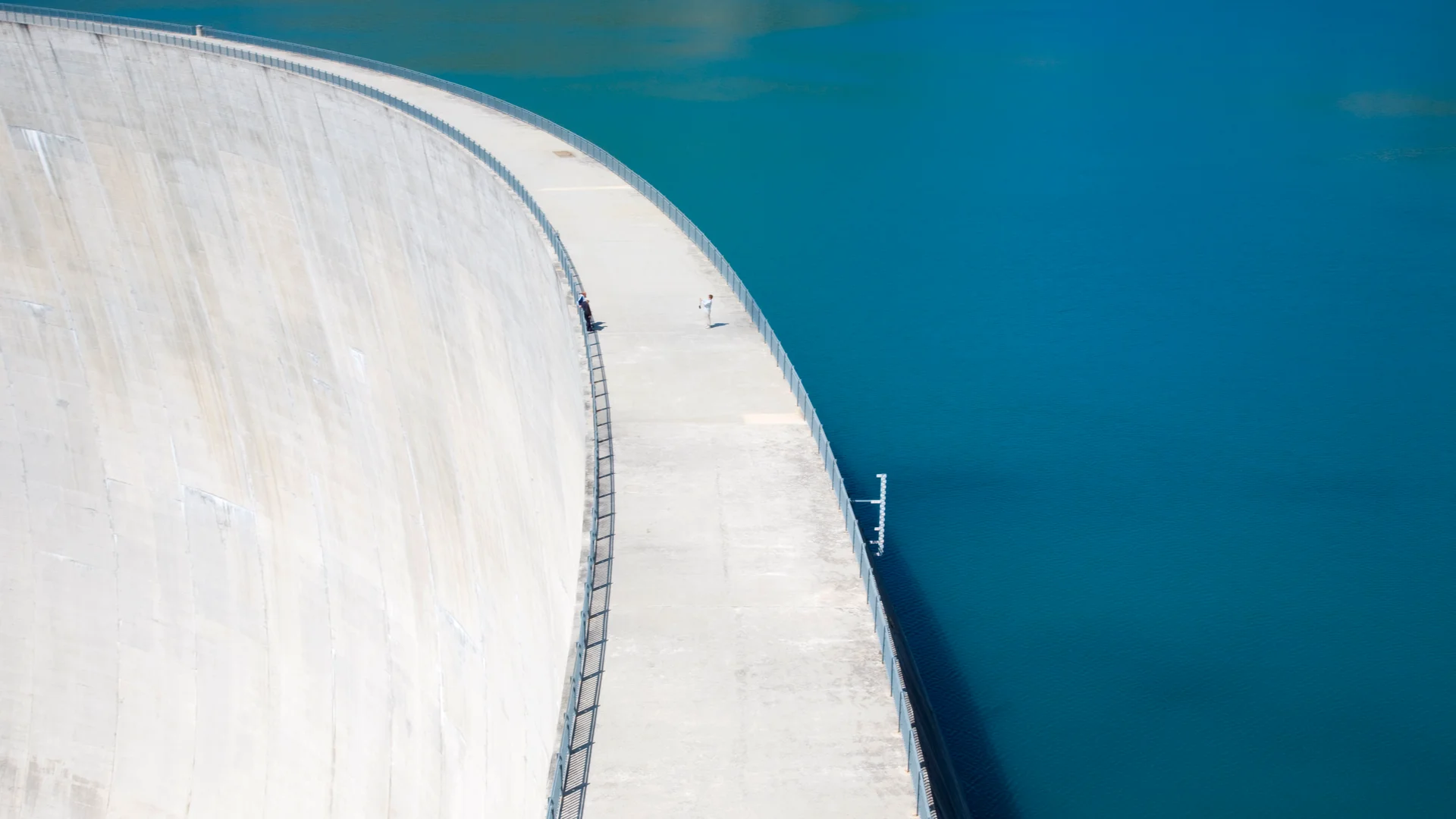Water Reuse Technologies Key to Communities’ Sustainability and Prosperity

by Craig Lichty
Water reuse and desalination can be key technologies supporting the growth, resilience and sustainability of communities for generations to come. But while they are often considered after water scarcity issues become prevalent, the potential of reuse and desalination to serve as preventative tools protecting groundwater and other water supplies is substantial. With proactive planning, utilities pursuing water security amid decreasing supply scenarios can deploy the technologies — especially when used in tandem — as solutions, not just safeguards.
The Climate Driver
As the changing climate spurs higher temperatures and drier seasons, water shortages are more common. A global population expected to reach 9 billion by 2050 exacerbates the issue, accelerating the depletion or disappearance of natural water resources like lakes and rivers. These trends are forcing local, state, and federal governments to search for alternative solutions to long-term water reliance and sustainability challenges.
In the American West, where the Colorado River is a crucial water source, decades-long droughts have taken a toll, hampering the ability of this vital resource to supply communities that historically rely on it. Metropolitan and rural communities in the region seek alternative solutions, including pumped water storage, underground aquifers, bottled drinking water, wastewater treatment facilities and ocean outfall treatment plants.
These solutions can be costly and, when considered individually, inadequate. However, desalination can be paired with water reuse to rely on the ocean as water source, which can be desalinated and repurposed for general use. This may provide strong protection against fluctuations in populations, aquifer drawdowns, and changes in overall weather patterns.
Protection of Groundwater Supply
Protection of existing freshwater resources is one driver of increasing research and adoption of water desalination technologies. Unlike water recycling systems, which repurpose water previously contaminated with pollutants, desalinated water is generally freer of impurities or contaminants — and is safe to drink with a less rigorous treatment process.
Furthermore, desalination technologies can be useful in providing fresh water to arid coastal regions where groundwater is not an option. For example, the Middle East has long relied on desalination to meet its water needs, as the region has very little rainfall and lacks rivers that flow into the sea.
Although desalination is an attractive option for areas seeking to safeguard or make up for the groundwater supply, its cost can be a barrier to adoption. A myriad of factors contributes to the high cost of desalination, which includes the energy required to power reverse osmosis membranes, the maintenance and replacement costs of membranes, the cost of disposing the highly concentrated brine byproduct and more.
While the high cost of water desalination has been a significant obstacle to widespread adoption in the past, research and development efforts are currently underway to make these technologies more efficient and affordable. In January 2022, the United States Bureau of Reclamation chose nine recipients to receive $1.6 million in Desalination and Water Purification Research Program funding to collaborate with Reclamation to design, construct, install and test their desalination and water purification processes. With this and similar research and development efforts, water desalination processes will continue to advance, as will adoption, decreasing costs associated with these technologies and making them more accessible and cost-efficient for communities worldwide.
Such advancements will open new, multi-effect solutions for communities struggling with the availability of water or interested in deploying solutions to protect the current fresh groundwater supply from possible contamination. For example, The Orange County Groundwater Supply District in California implements water reuse strategies to achieve multiple objectives: it protects the local groundwater supply from seawater contamination while also reducing the county’s reliance on ocean outfall treatment plants that emit harmful chemicals into the air.
The Future of Water Reuse
Water reuse technologies offer many benefits and are central elements of the larger solution set for securing resilient and sustainable alternative water supplies. As the challenges facing water service provides escalate, desalination technologies will also be an essential option for communities considering a switch from surface to groundwater — or vice versa. Given the scale of the challenge, no technology set should be viewed in isolation as scientists are considering the possibilities of reuse and desalination technologies in combination, such as desalinating seawater before deploying water reuse strategies to distribute it to individual communities to alleviate supply constraints.
In addition, new technologies are constantly emerging that will likely make the water recycling landscape even more efficient and cost-effective. In this arena, ozone technology already shows tremendous promise.
Ozone is a powerful oxidant that can break down organic matter quickly and completely. When scientists combine ozone techniques with other advanced treatment processes, like reverse osmosis (RO) or nanofiltration (NF), it can effectively remove pollutants from water while also killing bacteria and viruses. Not only does this make the water safe to drink, but it also leaves behind valuable byproducts, like biodegradable plastics and fertilizer. The use of ozone in water recycling is still in its early stages, but the potential benefits are substantial.
As water scarcity becomes an increasingly concerning global issue, the need for reliable and sustainable water sources will only continue to grow. Innovation and experimentation and a rethinking of traditional approaches to complex challenges will be critical to ensuring the sustainability of water systems. For communities and utilities considering their future, water reuse and desalination technologies represent solutions whose time is now.
Contact Us
Looking for a partner in innovation?
Let's Talk
